The Kublai Khan Monument is a significant historical artifact that pays tribute to Kublai Khan, the fifth Khagan of the Mongol Empire and the founder of the Yuan dynasty in China. This monument is a symbol of the powerful influence and lasting legacy of Kublai Khan, whose reign marked a pivotal period in the history of Mongolia and China. The monument is not only a representation of Kublai Khan himself but also a reflection of the era he lived in, the empire he built, and the cultural and political changes he brought about.
Get your dose of History via Email
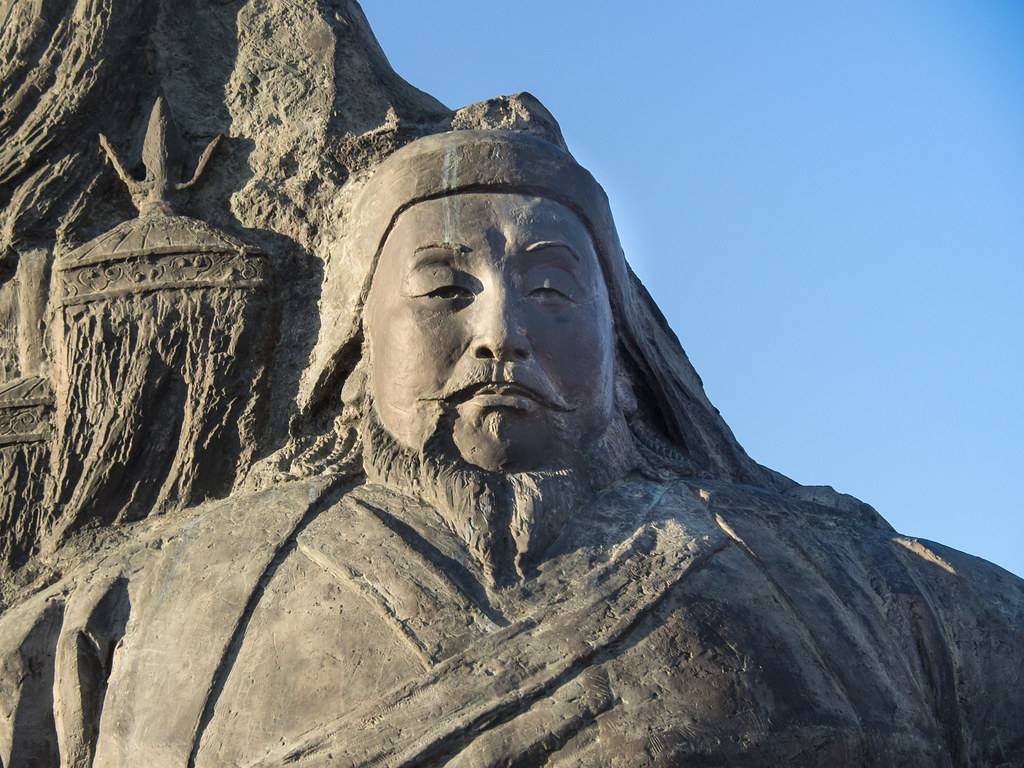
What is the historical significance of the Kublai Khan Monument and where is it located?
The Kublai Khan Monument holds immense historical significance as it stands as a testament to the life and reign of Kublai Khan, one of the most powerful rulers in history. Kublai Khan’s reign marked a period of extensive cultural, political, and economic development, and his influence extended far beyond the borders of his empire. The monument, therefore, serves as a tangible link to this important era in history.
The monument is located in Mongolia, the birthplace of the Khan and the heart of the Mongol Empire. It stands proudly in the Mongolian steppe, a symbol of the country’s rich history and cultural heritage. The location of the monument is significant as it connects Kublai’s legacy to the land he once ruled.
Visitors to the monument are often struck by its imposing presence and the sense of history it evokes. The monument not only pays tribute to Kublai Khan but also serves as a reminder of Mongolia’s historical significance and the impact of the Mongol Empire on the world.
The monument’s location also provides a unique opportunity for visitors to learn about the history and culture of Mongolia. The surrounding area is rich in historical sites and cultural landmarks, providing a broader context for understanding the life and reign of Kublai Khan.
Overall, the historical significance and location of the Monument make it a must-visit for anyone interested in the history, culture, or life of the Khan.
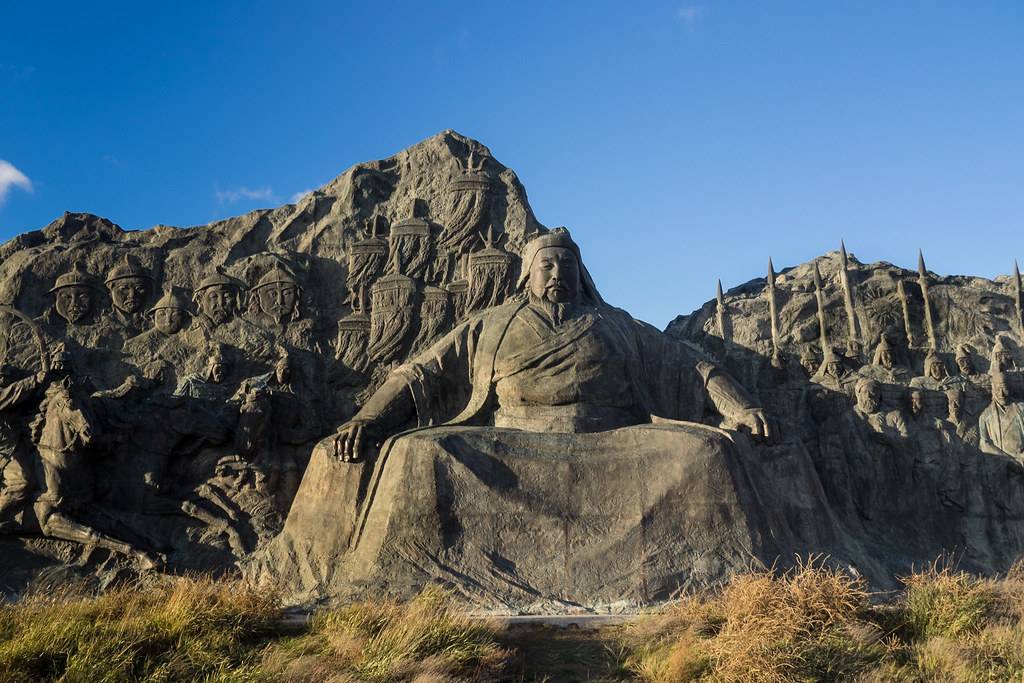
What does the Monument represent, and how does it reflect the legacy of the Khan?
The Kublai Khan Monument represents the power and influence of Kublai Khan, the founder of the Yuan dynasty in China and the fifth Khagan of the Mongol Empire. The monument is a symbol of his reign, which marked a pivotal period in the history of Mongolia and China.
The monument reflects Khan’s legacy in several ways. Firstly, it stands as a testament to his military prowess and strategic genius. Kublai was known for his successful military campaigns and his ability to consolidate power, and the monument serves as a reminder of these achievements.
Secondly, the monument represents Kublai Khan’s cultural and political influence. Under his rule, there was a significant expansion of trade and cultural exchange, and he implemented a series of political reforms that had a lasting impact on the region. The monument, therefore, reflects the transformative effect of his reign.
Finally, the monument symbolizes the enduring legacy of Kublai Khan. Despite the passage of time, his influence can still be felt today, and the monument serves as a tangible link to this powerful legacy.
In conclusion, the Kublai Khan Monument is a powerful representation of Kublai Khan’s life and reign. It reflects his military achievements, his cultural and political influence, and his enduring legacy.
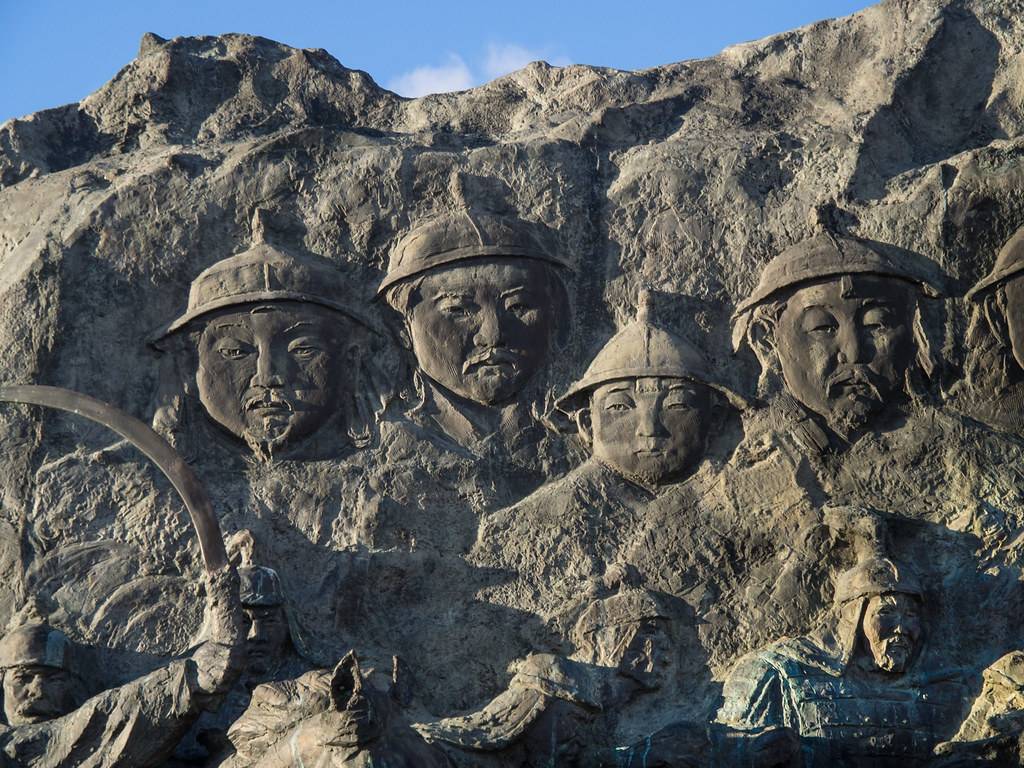
Who commissioned the Kublai Khan Monument and when was it constructed?
The Kublai Khan Monument was commissioned by the Mongolian government as a tribute to one of the country’s most influential historical figures. The decision to construct the monument was made in recognition of Kublai Khan’s significant contributions to the history and culture of Mongolia and China.
The monument was constructed in the late 20th century, several centuries after Kublai Khan’s reign. Despite the passage of time, the monument serves as a tangible link to the past, allowing visitors to connect with the history and culture of the Mongol Empire.
The construction of the monument was a significant undertaking, involving a team of skilled artisans and craftsmen. The monument was carefully designed to reflect the power and influence of Kublai Khan, and every detail was meticulously crafted to ensure accuracy and authenticity.
The construction of the monument was also a testament to the enduring legacy of Kublai Khan. Despite the centuries that have passed since his reign, his influence is still felt today, and the monument serves as a powerful reminder of this legacy.
In conclusion, the Kublai Khan Monument was commissioned by the Mongolian government and constructed in the late 20th century as a tribute to the life and reign of Kublai Khan.</p>
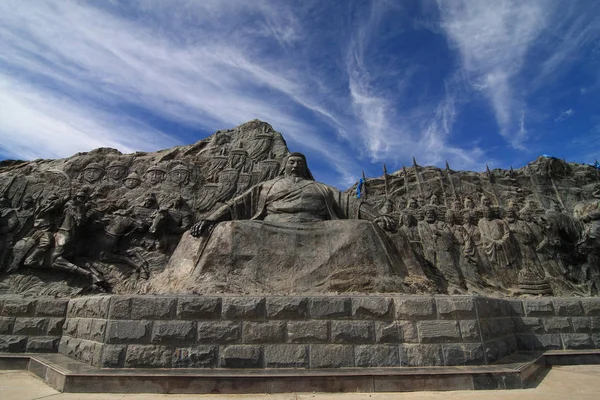
What architectural style and techniques were used in the construction of the Kublai Khan Monument?</h2>
The Kublai Khan Monument is a striking example of traditional Mongolian architecture, reflecting the style and techniques prevalent during Kublai Khan’s reign. The monument features a large statue of Kublai Khan, surrounded by stone pillars and other architectural elements that are characteristic of Mongolian design.
The statue of Kublai Khan is the centerpiece of the monument, standing tall and imposing against the backdrop of the Mongolian steppe. The statue was crafted using traditional sculpting techniques, resulting in a lifelike representation of the powerful ruler.
The stone pillars surrounding the statue are another key feature of the monument. These pillars are adorned with intricate carvings and inscriptions, providing a glimpse into the art and culture of the Mongol Empire.
The monument also features a series of stone steps leading up to the statue, creating a sense of grandeur and majesty. These steps were carefully crafted using traditional masonry techniques, adding to the authenticity of the monument.
In conclusion, the Kublai Khan Monument is a stunning example of traditional Mongolian architecture, reflecting the style and techniques used during Kublai Khan’s reign.
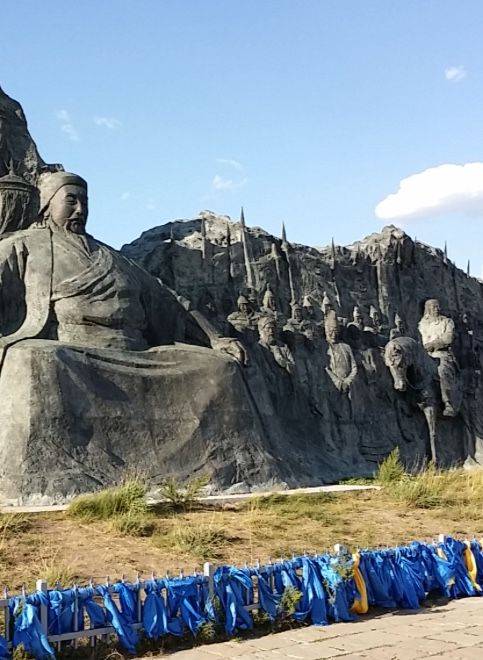
How is the Kublai Khan Monument being preserved and maintained for future generations?
The preservation and maintenance of the Monument is a priority for the Mongolian government, given its historical significance and cultural value. A team of experts is responsible for the regular upkeep of the monument, ensuring that it remains in good condition for future generations to appreciate.
Regular inspections are carried out to assess the condition of the monument and identify any potential issues. Any necessary repairs or restorations are carried out promptly, using materials and techniques that are consistent with the original construction of the monument.
The area surrounding the monument is also carefully maintained, with measures in place to protect the natural environment and preserve the historical integrity of the site. This includes regular cleaning and landscaping, as well as efforts to prevent erosion and other forms of environmental damage.
Education and awareness programs are also in place to ensure that visitors understand the importance of preserving the monument. These programs emphasize the historical significance of the monument and the need to respect and protect it for future generations.
In conclusion, the Kublai Khan Monument is being carefully preserved and maintained, ensuring that it continues to stand as a testament to the life and reign of Kublai Khan.</p>
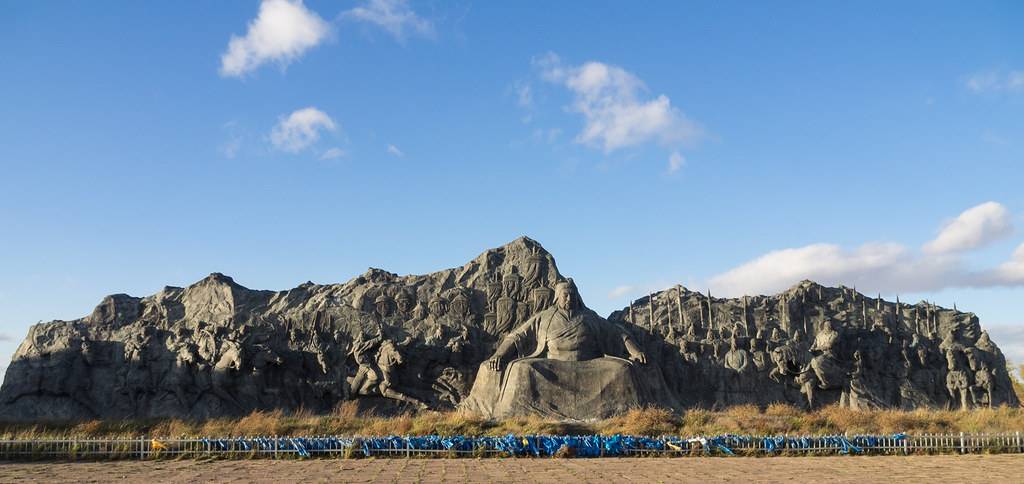
Conclusion and Sources
In conclusion, the Kublai Khan Monument is a significant historical artifact that pays tribute to one of the most influential rulers in history. The monument reflects the power and influence of Kublai Khan, serving as a tangible link to the past and a symbol of Mongolia’s rich history and cultural heritage. Through careful preservation and maintenance, the monument continues to stand as a testament to Khan’s legacy, providing a unique opportunity for visitors to connect with the history and culture of the Mongol Empire.
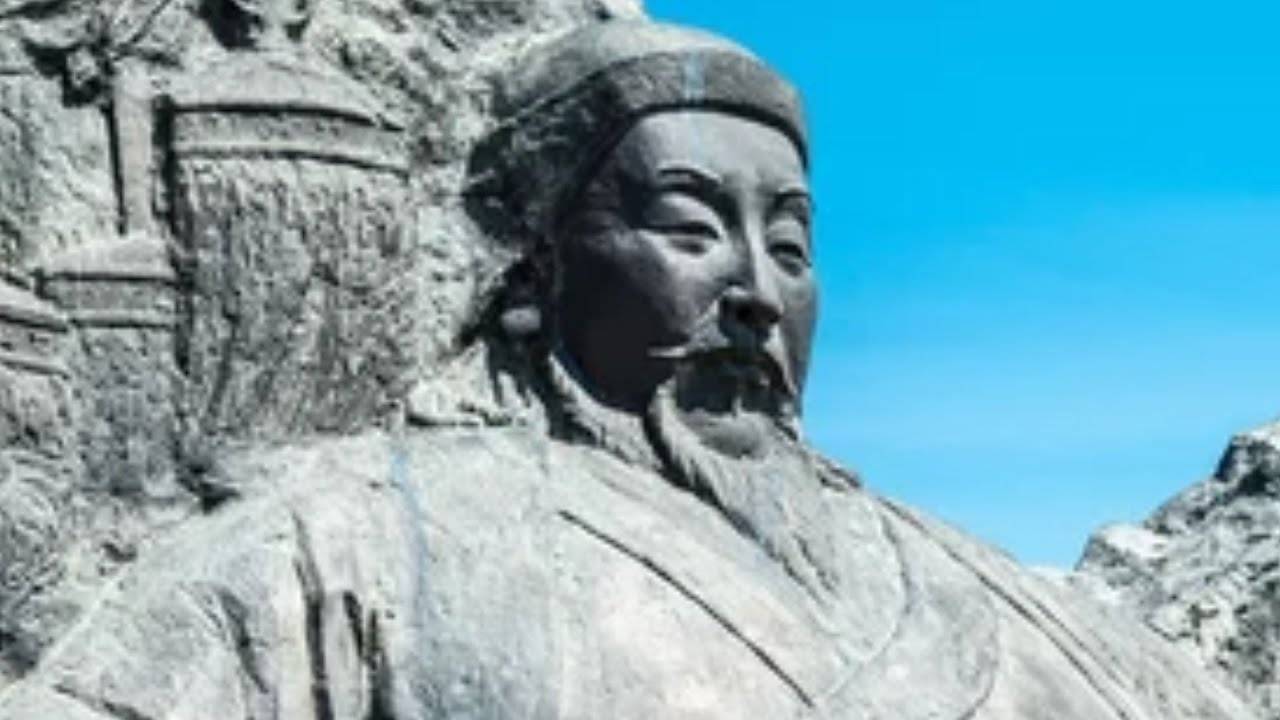
For further reading and research, the following sources provide additional information on the Kublai Khan Monument:</p>

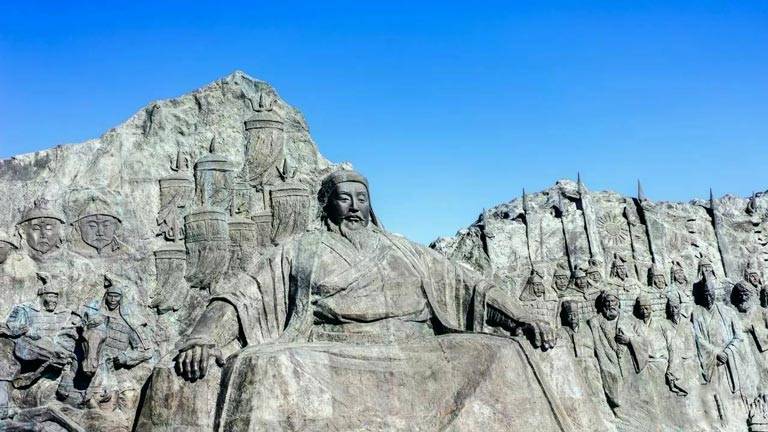
Amazing sculpture, I’d be interested when in the late 20th century .
The write up reads like a Chinese propaganda script, no information, just repeating its narrative again and again.